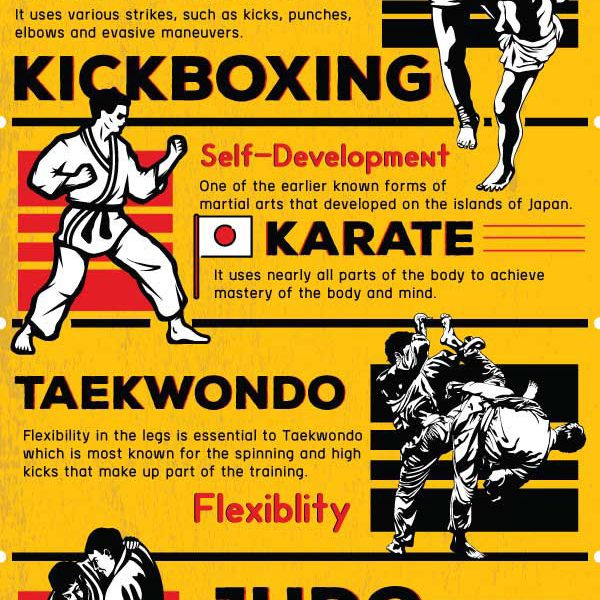The Background And Development Of Martial Arts Around The World
The Background And Development Of Martial Arts Around The World
Blog Article
Composed By-Sutton Fallon
Martial arts have an interesting background that extends centuries and continents. please click the next page could locate it interesting just how old practices like Shuai Jiao and Kalaripayattu laid the groundwork for contemporary battle methods. These self-controls not only stress physical skills but also mirror the societies that birthed them. As you discover their advancement, think about how globalization has transformed these standard types into crossbreed styles. What influences do you believe have formed today's martial arts landscape?
Ancient Martial arts: The Foundations of Fight
As you explore the world of ancient martial arts, you'll find the abundant foundations that formed combat techniques throughout cultures. Early techniques concentrated on Self-Defense and survival, often incorporating strikes, grappling, and weaponry.
In ancient China, for example, strategies like Shuai Jiao stressed tosses and joint locks, while India's Kalaripayattu showcased dexterity and liquid activity. Japanese samurai developed Kenjutsu, a polished swordsmanship that highlighted discipline and method.
These martial arts served not just for battle yet additionally as a means of individual growth, instilling worths like respect and determination. beginning karate adults blending of these techniques with time laid the groundwork for the diverse martial arts you see today, each showing the distinct approaches and needs of its culture.
The Social Impact on Martial Arts Development
While martial arts commonly show the useful demands of a culture, they also embody the cultural values and ideas of their origins. When you explore various martial arts, you'll observe exactly how they're affected by religion, ideology, and social standards.
As an example, the emphasis on regard and technique in Japanese martial arts stems from Zen Buddhism and samurai culture. On the other hand, Brazilian Jiu-Jitsu promotes flexibility and method, shaped by the need for effectiveness in a varied, multicultural setting.
You might find that the routines, attires, and training approaches reflect a neighborhood's background and identification. By comprehending these social impacts, you grow your gratitude of martial arts and their duty fit human experiences across the globe.
Modern Adaptations and the Globalization of Martial arts
Martial arts have changed considerably in recent decades, adjusting to modern culture and international impacts. You'll discover that standard types have blended with modern-day methods, creating hybrid styles like MMA. These adjustments cater to diverse audiences, making martial arts obtainable and enticing around the world.
With the rise of social media sites and electronic systems, you can find tutorials and competitions from all corners of the world, damaging geographical obstacles. This globalization has led to a shared admiration for numerous disciplines, from Brazilian Jiu-Jitsu to Taekwondo.
As you involve with these arts, you'll understand they're not practically battle; they promote health and fitness, technique, and mental wellness.
Eventually, modern-day adaptations have actually enhanced the martial arts landscape, making it a dynamic and advancing technique.
Conclusion
In discovering the background and advancement of martial arts, you discover a remarkable mix of techniques, societies, and viewpoints. From crazy dragons kajukenbo like Shuai Jiao and Kalaripayattu to the contemporary flexibility seen in MMA, martial arts reflect mankind's pursuit for Self-Defense and personal growth. As you engage with these practices, you not just get skills however additionally a much deeper admiration for the diverse customs that form our world today. So, continue your journey and embrace the art of fight!
